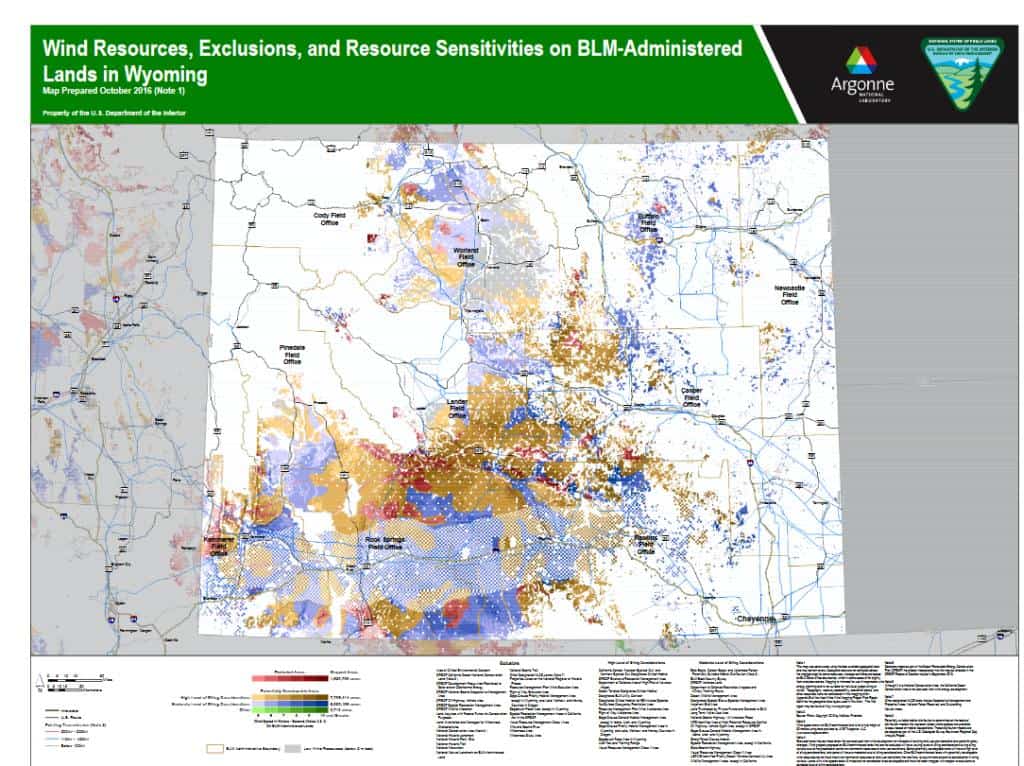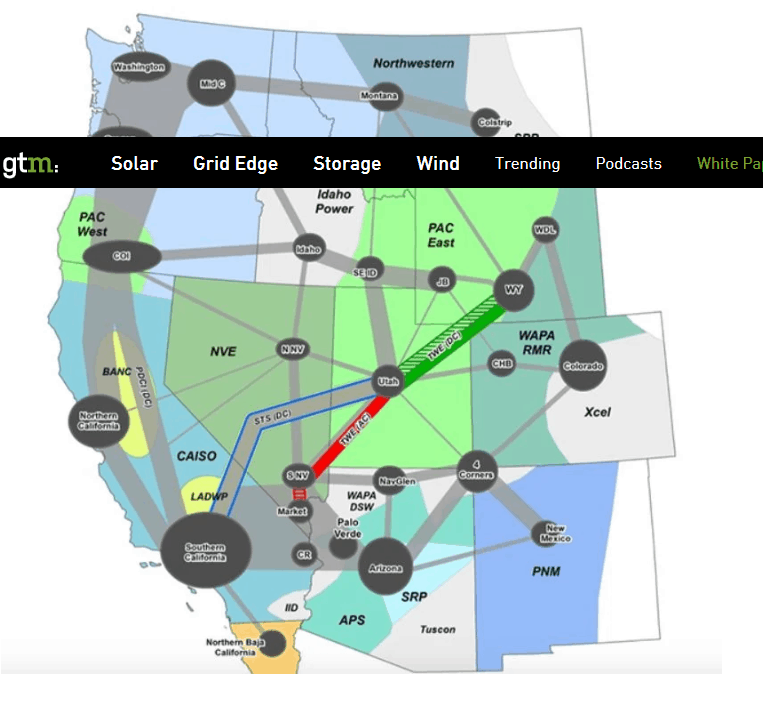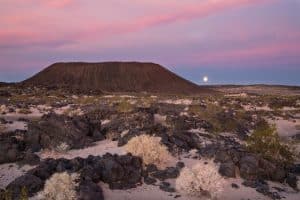Here’s a story from Bloomberg:
President-elect Joe Biden’s ambitious climate agenda got a shot in the arm with the Covid relief bill, environmental attorneys say, particularly with provisions that will open up wide swaths of federal land to renewable energy development.
The measure, which President Donald Trump signed into law on Sunday, requires by 2025 an increase of at least five times the amount of solar, wind and geothermal energy production currently on federal land. It also creates a new office in the Bureau of Land Management to coordinate renewable energy permitting among all federal lands agencies, including those in the Interior and Agriculture departments
I was wowed by the idea quoted “requires by 2025 an increase of at least five times the amount of solar, wind and geothermal energy production currently on federal land.” But that’s not actually what the bill says.
Here’s the actual text for the goal:
SEC. 3104. NATIONAL GOAL FOR RENEWABLE ENERGY PRODUCTION ON FEDERAL LAND.
(a) IN GENERAL.—Not later than September 1, 2022, the Secretary shall, in consultation with the Secretary of Agriculture and other heads of relevant Federal agencies, establish national goals
for renewable energy production on Federal land.
(b) MINIMUM PRODUCTION GOAL.—The Secretary shall seek to issue permits that, in total, authorize production of not less than 25 gigawatts of electricity from wind, solar, and geothermal energy projects by not later than 2025, through management of public lands and administration of Federal laws.
Seeking to issue permits is not exactly requiring production, which is just as well, given that that seems to be an unrealistic target.
We’ve been following the Chokecherry Sierra Madre project, so I thought I’d try to relate that to this target. CSM would produce 3 GW, so we would need maybe eight of those in five (target 2025, this is 2021 so maybe actually four) years. That doesn’t seem too difficult…except folks have been working on our example project since 2006.
BLM says “As of March 2018, there were 35 BLM-approved wind energy projects on public lands with 3,284 megawatts of total installed capacity, enough to power one million homes.” so it’s clear that CSM is more giant project. But it has a big footprint, also.
Here’s BLM on solar:
The BLM approved its first project to generate solar energy on public lands in October 2010, and as of March 2018 had approved 25 solar projects, totaling 6,319 megawatts (MW) of installed capacity.
The Western Solar Plan guides development of utility-scale solar energy development on public lands. The plan established an initial 17 Solar Energy Zones in 2012 with access to transmission corridors and areas with high solar potential. Two additional Solar Energy Zones were designated in 2013. If fully built-out, projects in these zones could produce as much as 27,000 MW, enough to power eight million homes.
This plan is complimented by the BLM’s Solar and Wind Energy Rule, which became effective on January 18, 2017. The rule brings down the near-term rates and fees paid by solar developers on BLM-managed land, ensures transparency and predictability, and allows for competitive bidding processes. The rule also reduces land and resource conflicts by incentivizing the development of solar projects in designated leasing areas (DLAs). These are areas that are the most amenable to solar development from both a remediation and a generation standpoint.
Where might these places be: here’s a link to the Solar Energy Zones.
Here’s a link to BLM’s mapping of wind energy areas, mapped with restrictions.
Three points.. First is that FS land does not seem to be part of BLM’s mapping?
Second is that wind areas seem to overlap with sage grouse habitat, to some extent, in the Interior West.
Preventing solar and wind power from harming the ecosystems and their plants and animals was one of the Obama administration’s biggest challenges with renewables, and it may be one for the incoming administration as well, said Danny Cullenward, an energy economist and lawyer at Stanford Law School.
“The incoming Biden administration will have to balance pressure to identify a clear path for building new clean energy infrastructure with ongoing concerns about the dilution of federal protections for wild lands and critical habitats,” Cullenward said.
Third, it will be interesting to see what this level of pressure will do to analysis and permitting efforts.





